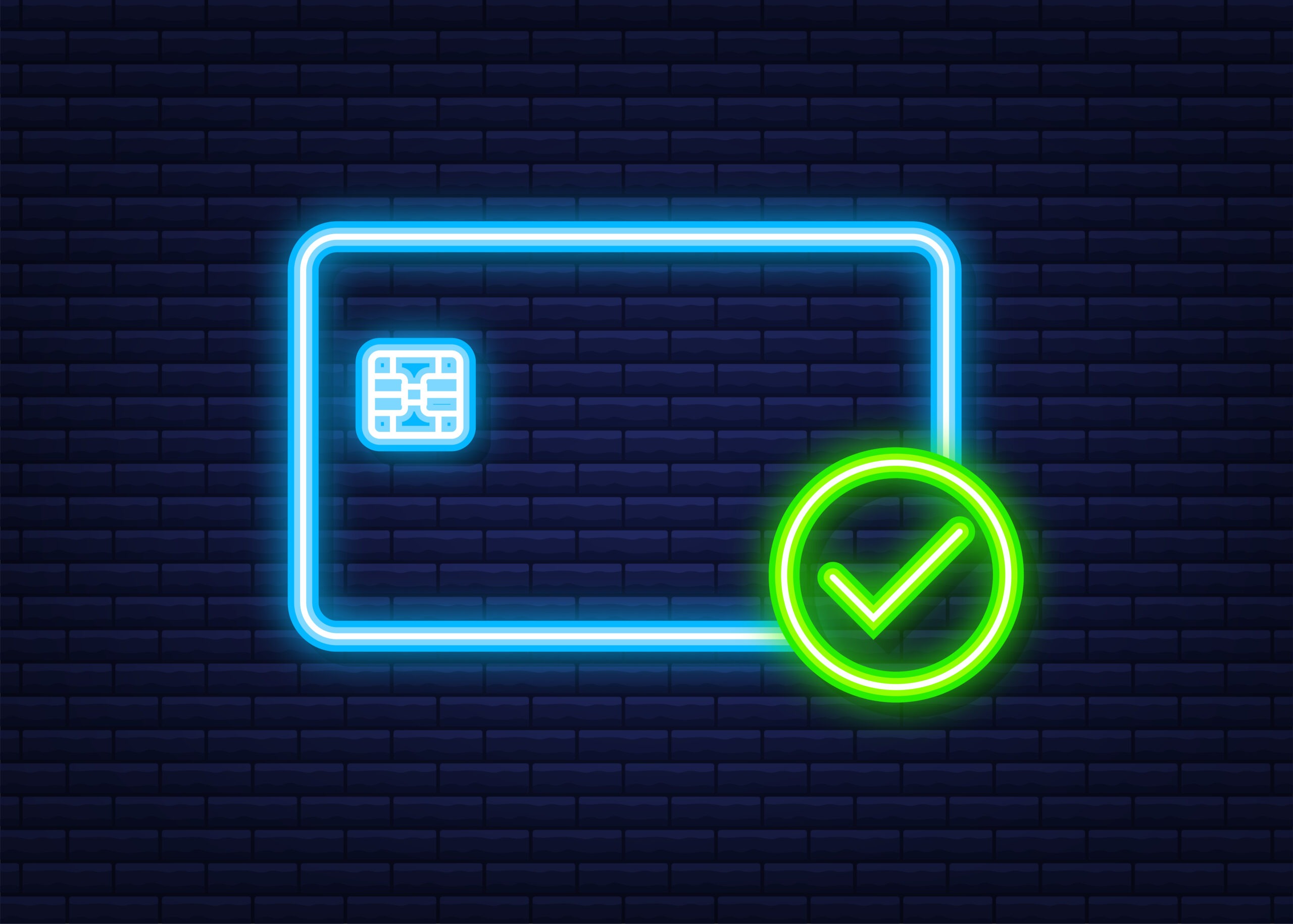The Next Generation of Smart Cards: Biometrics and Beyond
The demand for secure, convenient, and versatile identification and payment solutions has never been higher. Smart cards have long been at the forefront of this revolution, offering enhanced security and functionality compared to traditional magnetic stripe cards. However, as technology evolves, so do the capabilities of smart cards. The next generation of smart cards is poised to integrate cutting-edge technologies like biometrics, advanced encryption, and IoT connectivity, taking security and convenience to unprecedented levels. This article explores the future of smart cards, focusing on biometric integration and other emerging innovations that are set to redefine their role in our lives.
The Rise of Biometric Smart Cards
Biometrics—the use of unique physical or behavioral characteristics for identification—has become a cornerstone of modern security systems. From fingerprint scanners on smartphones to facial recognition at airports, biometrics offer a level of security that is difficult to replicate or forge. The integration of biometrics into smart cards is a natural progression, combining the portability and versatility of smart cards with the unparalleled security of biometric authentication.
How Biometric Smart Cards Work
Biometric smart cards embed a small sensor, such as a fingerprint scanner, directly into the card. When a user attempts to authenticate a transaction or gain access to a secure area, they simply place their finger on the sensor. The card compares the scanned biometric data with the stored template, and if there’s a match, the transaction or access is approved. This process happens locally on the card, ensuring that sensitive biometric data never leaves the card, thereby enhancing privacy and security.
Advantages of Biometric Smart Cards
- Enhanced Security: Biometric data is unique to each individual, making it nearly impossible for fraudsters to replicate. This significantly reduces the risk of unauthorized access or fraudulent transactions.
- Convenience: Users no longer need to remember PINs or passwords. A simple touch or glance is all that’s required for authentication.
- Privacy: Since biometric data is stored and processed locally on the card, there’s no need to transmit sensitive information over networks, reducing the risk of data breaches.
- Versatility: Biometric smart cards can be used across a wide range of applications, from payments and access control to healthcare and government services.
Beyond Biometrics: Other Emerging Innovations
While biometrics are a game-changer, the next generation of smart cards is not limited to this technology alone. Several other innovations are set to enhance the functionality and security of smart cards even further.
1. Advanced Encryption and Blockchain Integration
As cyber threats become more sophisticated, the need for robust encryption methods has never been greater. Next-gen smart cards are incorporating advanced encryption algorithms to protect data stored on the card. Additionally, some smart cards are exploring integration with blockchain technology to create tamper-proof transaction records, further enhancing security and transparency.
2. IoT Connectivity
The Internet of Things (IoT) is transforming how devices interact with each other, and smart cards are no exception. IoT-enabled smart cards can communicate with other devices, enabling seamless integration into smart homes, connected vehicles, and industrial systems. For example, a smart card could be used to unlock your car, start the engine, and even pay for fuel—all without needing a separate key or wallet.
3. Multi-Application Capabilities
Future smart cards will be capable of supporting multiple applications on a single card. For instance, a single card could serve as your driver’s license, credit card, health insurance card, and access pass for public transportation. This consolidation reduces the need to carry multiple cards, streamlining everyday life.
4. Energy Harvesting and Self-Powered Cards
One of the challenges of integrating advanced technologies like biometrics into smart cards is power consumption. To address this, researchers are developing energy-harvesting techniques that allow smart cards to generate power from external sources, such as NFC readers or even the user’s body heat. Self-powered smart cards could eliminate the need for batteries, making them more durable and environmentally friendly.
5. Dynamic CVV and Anti-Fraud Features
To combat card-not-present (CNP) fraud, some next-gen smart cards are incorporating dynamic CVV (Card Verification Value) technology. Instead of a static CVV printed on the card, the code changes periodically, making it much harder for fraudsters to use stolen card information. Other anti-fraud features include real-time transaction monitoring and geolocation-based authentication.
Applications of Next-Gen Smart Cards
The potential applications of next-generation smart cards are vast and varied. Here are a few examples:
- Payments: Biometric smart cards can revolutionize contactless payments, offering a secure and convenient alternative to traditional cards.
- Healthcare: Smart cards can store medical records, enable secure access to prescription drugs, and streamline patient identification.
- Government: Biometric smart cards can be used for national ID programs, voter registration, and border control.
- Corporate Security: Businesses can use smart cards for employee identification, access control, and secure authentication for remote work.
- Transportation: Smart cards can serve as all-in-one transit passes, integrating payment, access, and loyalty programs.

Challenges and Considerations
While the future of smart cards is promising, there are challenges to overcome:
- Cost: Integrating advanced technologies like biometrics and IoT connectivity can increase the cost of smart cards.
- Standardization: As smart cards become more complex, ensuring interoperability across different systems and devices will be crucial.
- Privacy Concerns: The use of biometric data raises privacy issues that must be addressed through robust regulations and transparent practices.
- Adoption: Widespread adoption of next-gen smart cards will require collaboration between governments, businesses, and consumers.
Conclusion
The next generation of smart cards represents a significant leap forward in security, convenience, and functionality. By integrating biometrics, advanced encryption, IoT connectivity, and other innovations, these cards are set to become an indispensable tool in our increasingly digital world. While challenges remain, the potential benefits far outweigh the obstacles, paving the way for a future where smart cards are not just a means of payment or identification, but a cornerstone of secure, connected living. As technology continues to evolve, so too will the capabilities of smart cards, ensuring they remain at the cutting edge of innovation for years to come.




